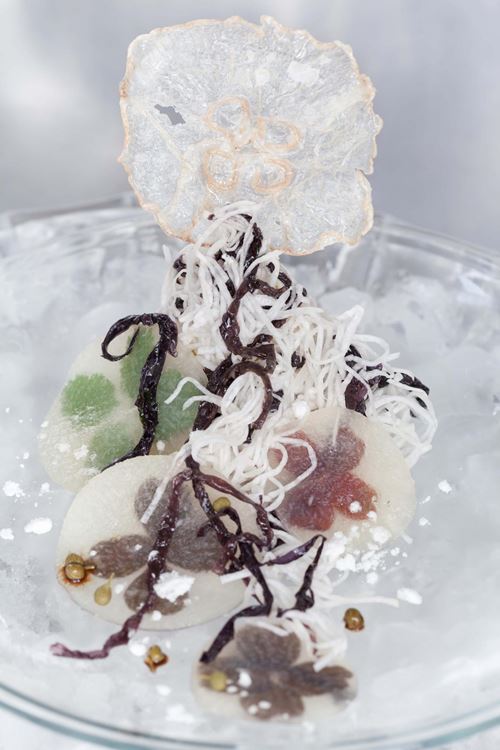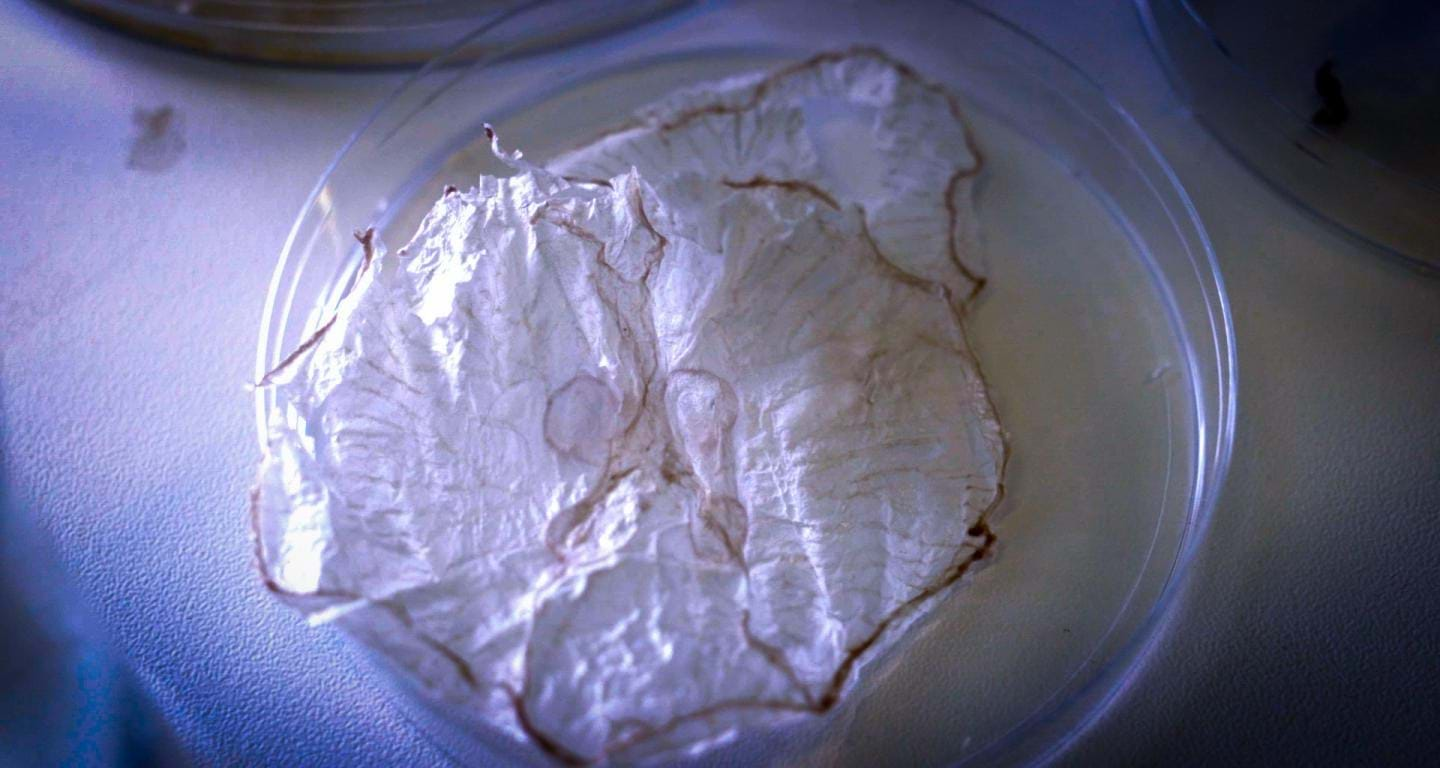A GASTRONOMIC delight in Asia could be making its way to the western world, thanks to a new processing technique to turn jellyfish paper-thin and crunchy.
Jellyfish have been processed as a desirable foodstuff in Asia for hundreds of years. Various species are edible, and once dehydrated they are a low-calorie, low fat source of protein and minerals. This is good news, since they are becoming increasingly abundant in our warming seas, and can disrupt power plants and fishing activities.






